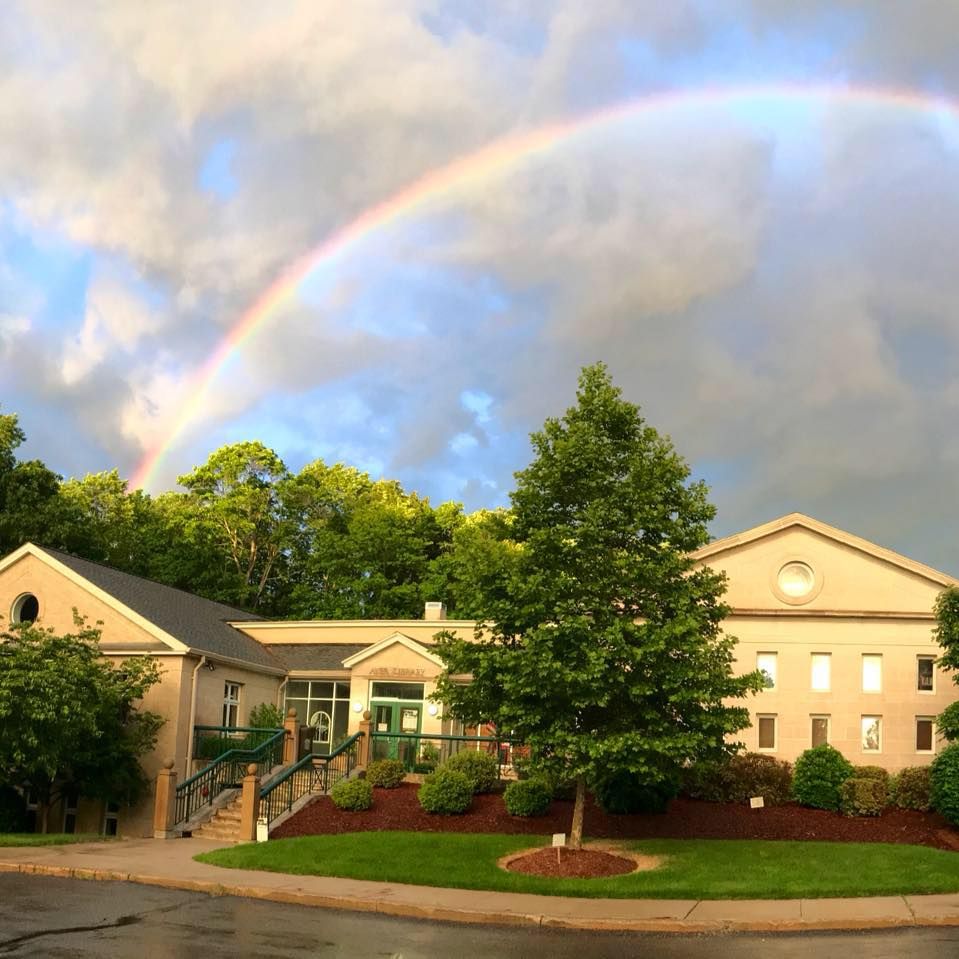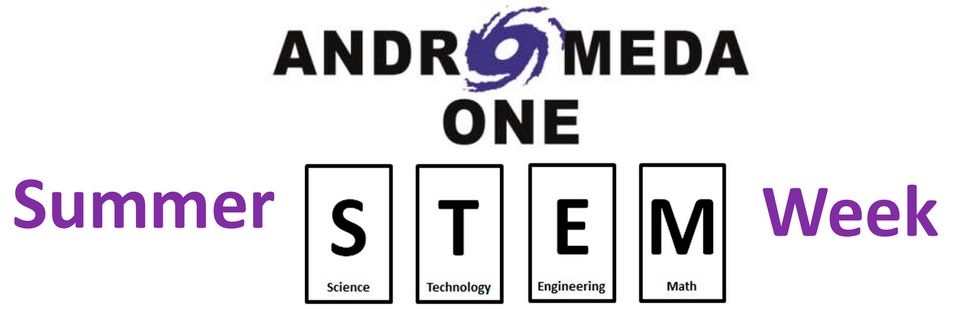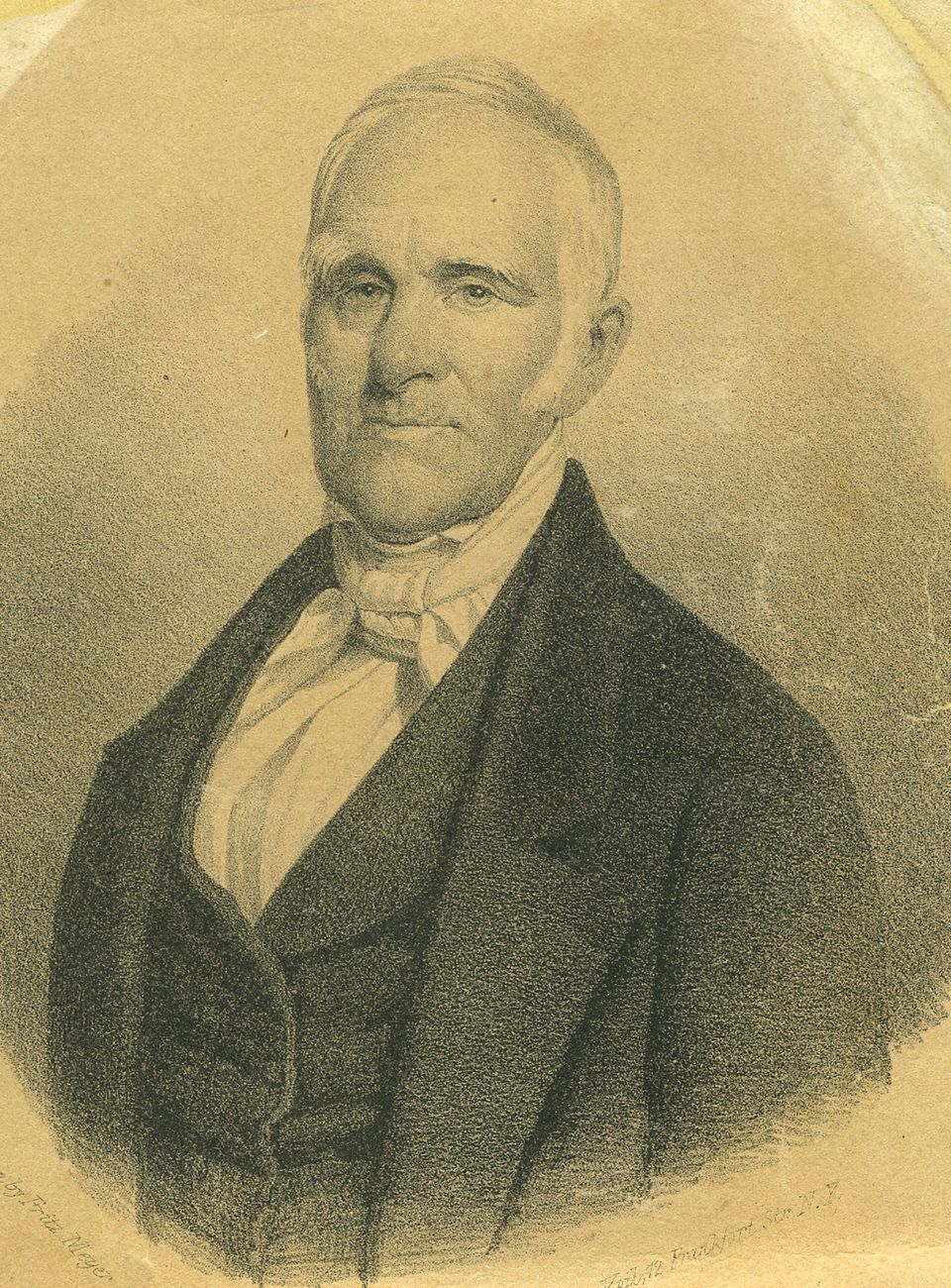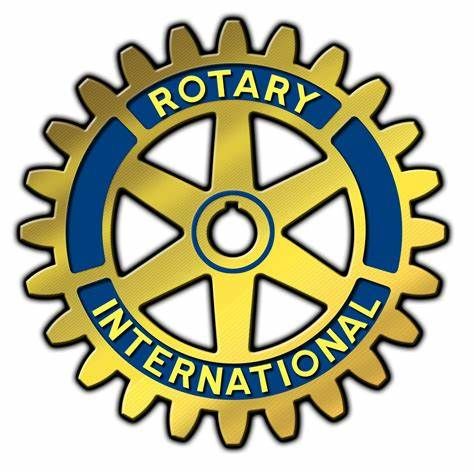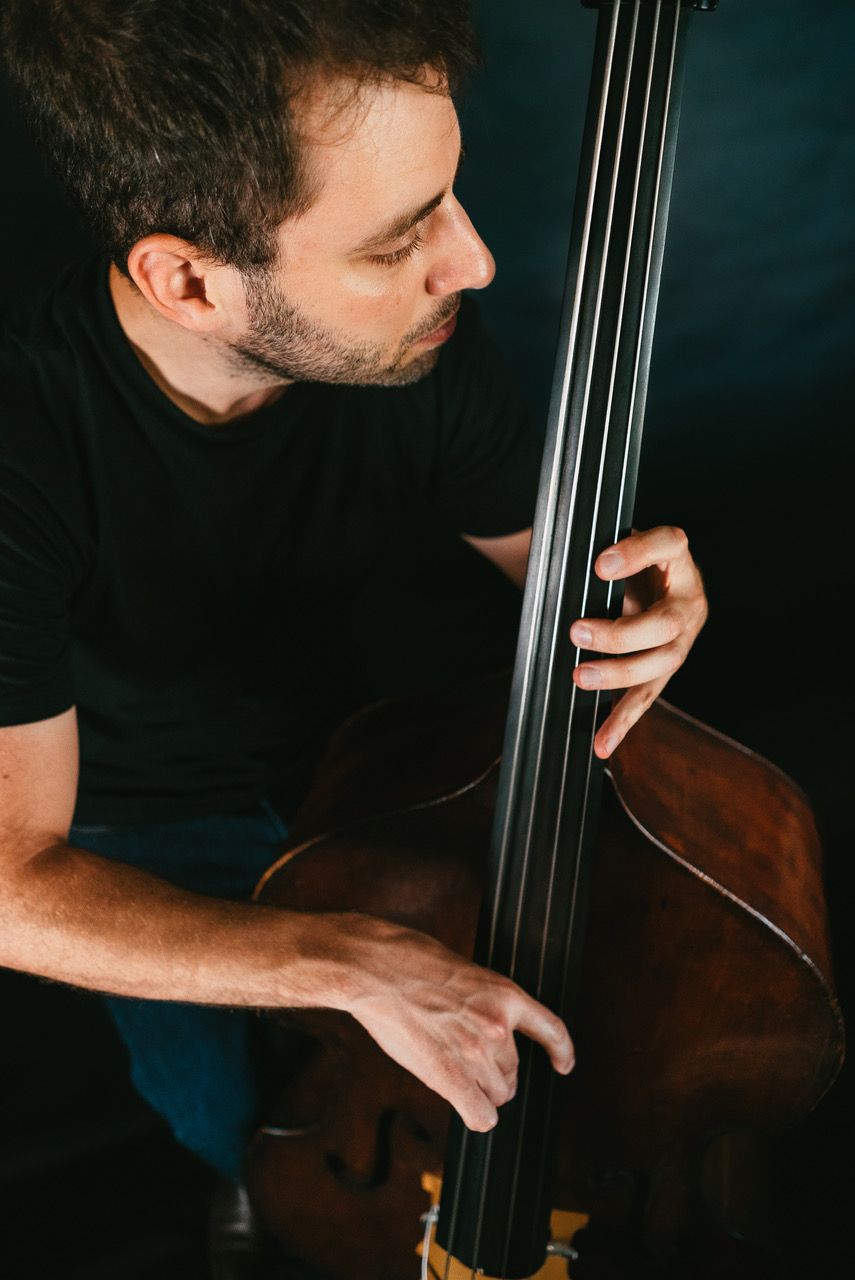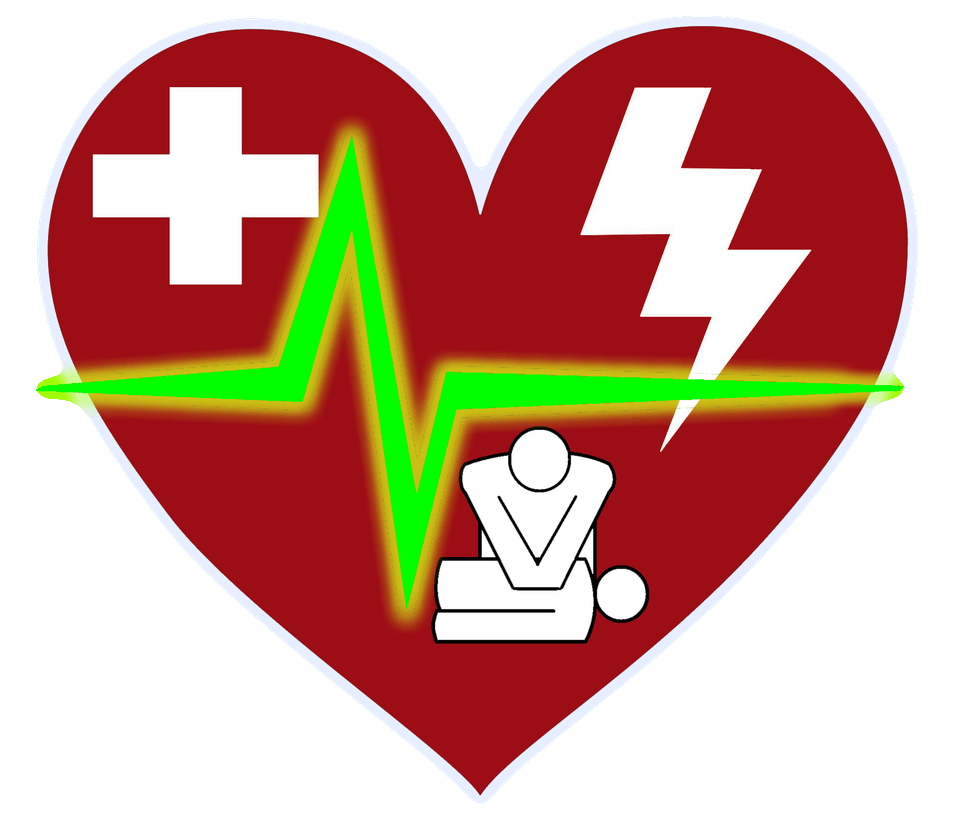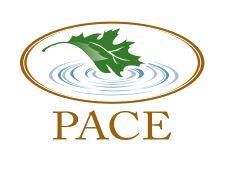HARVARD: notloB is proud to present Jeff Picker and Eddie Barbash, veterans of the notloB series when it was in Cambridge. On March 15 at 7:30pm, ith Eli Bishop and Frank Rische, the jazz quartet will perform material from Jeff’s first record, "With the Bass in Mind," and recent release, Liquid Architecture.
As a youth, Jeff Picker (double bass) gained national recognition as one of the most promising young jazz musicians of his generation. At age 18, he was named “Presidential Scholar for the Arts in Jazz” by the US Dept. of Education, and was awarded an artist grant by the National YoungArts Foundation, among other honors. He was also awarded a full tuition scholarship to the Manhattan School of Music, where he completed one year of coursework before matriculating at Columbia University. For the past decade, Jeff has been touring and recording with many of the biggest names in bluegrass and folk music, including a 5-year run with Ricky Skaggs and Kentucky Thunder. He performs and records frequently with Sarah Jarosz, East Nash Grass, and others. In 2023, he began touring with legendary progressive bluegrass band Nickel Creek.
Jeff’s solo material, including his debut record, “With the Bass in Mind,” and his sophomore release, “Liquid Architecture,” reimagines the contemporary string band, drawing on the harmonic, metric, and improvisational intrigue of his jazz background, while never straying too far from the front porch. When he’s not on the road, Jeff is Nashville based, where he can be heard frequently around town and on the Grand Ole Opry.
Eddie Barbash plays American roots music on alto saxophone. He is a founding member of Jon Batiste Stay Human, the house band for The Late Show with Stephen Colbert. He has performed with stars in almost every genre: jazz with Wynton Marsalis, classical with Yo-Yo Ma, rock with Lenny Kravitz, country with Vince Gill, bluegrass with Sierra Hull, funk with Parliament. He brings his horn and sensibility to Texas and Appalachian fiddle tunes, bluegrass, old time, R&B, soul, and classic New Orleans. He was raised in Oaxaca, Mexico, Atlanta, Georgia and Winston-Salem, North Carolina. He is 34 and lives in Brooklyn, but will soon move to Nashville.
Eli Bishop is an American violinist/ mandolinist, composer, and arranger who is recognized for his virtuosity and versatility across multiple genres of music. Born in Nashville, Tennessee, Eli has performed with artists including Wynton Marsalis, Lee Ann Womack, Maddie & Tae, the Jazz at Lincoln Center Orchestra, The Video Game Orchestra, and as a member of the Grand Ole Opry’s house band. Eli has also worked as an arranger for Grammy-nominated video game composer Austin Wintory (composer of Journey, Assassin's Creed: Syndicate), and has recorded with Dolly Parton for Dollywood. His musical work spans many mediums of the entertainment industry, including Joseph Gordon-Levitt’s movie, Don Jon, as well as the upcoming Billy Crystal movie, Here Today. Minecraft: Pirates of the Caribbean features Eli’s solo violin work with orchestra. The Chicago Tribune has praised Eli’s “silken legato phrases, impeccable pitch and seemingly effortless technique in fast-moving passages…”
Frank Rische is a multi-talented musician and singer who grew up traveling and playing in a full-time family band since the age of 7. He frequently works alongside Jim Lauderdale and his sister Lillie Mae, and has been a choice touring and session musician/harmony singer to artists Tanya Tucker, Miranda Lambert, Lee Ann Womack, Aubrie Sellers, Jenny Lynn, Ahi, Milly Raccoon, Sierra Ferrell, Charles Butler, Logan Ledger, The Howling Brothers and many more. Frank proudly endorses D'Addario strings, L.R. Baggs electronics, and plays a Collings acoustic guitar.
Admission to the concert is a free-will offering, suggested donation adults $20+; teens and seniors $10-15; children $5. 100% of patron donations go to the artist. Cash or Venmo. For reservations, visit
http://notlobmusic.eventbrite.comFivesparks is located at 7 Fairbanks Street. Doors open at 7pm. For more information, visit
www.fivesparks.org. KN-95 or equivalent masks requested.



